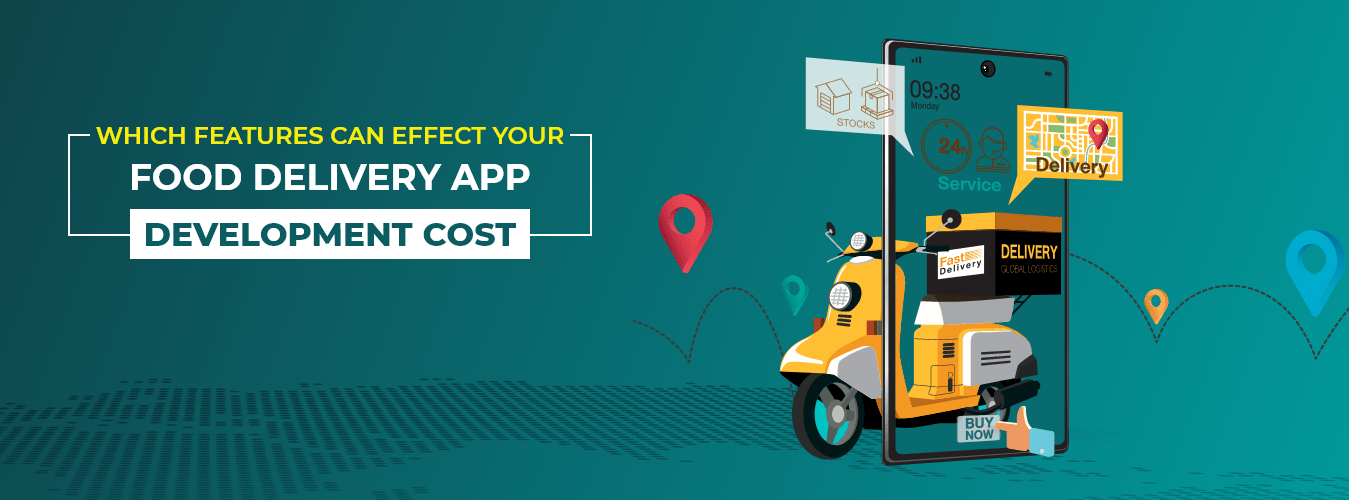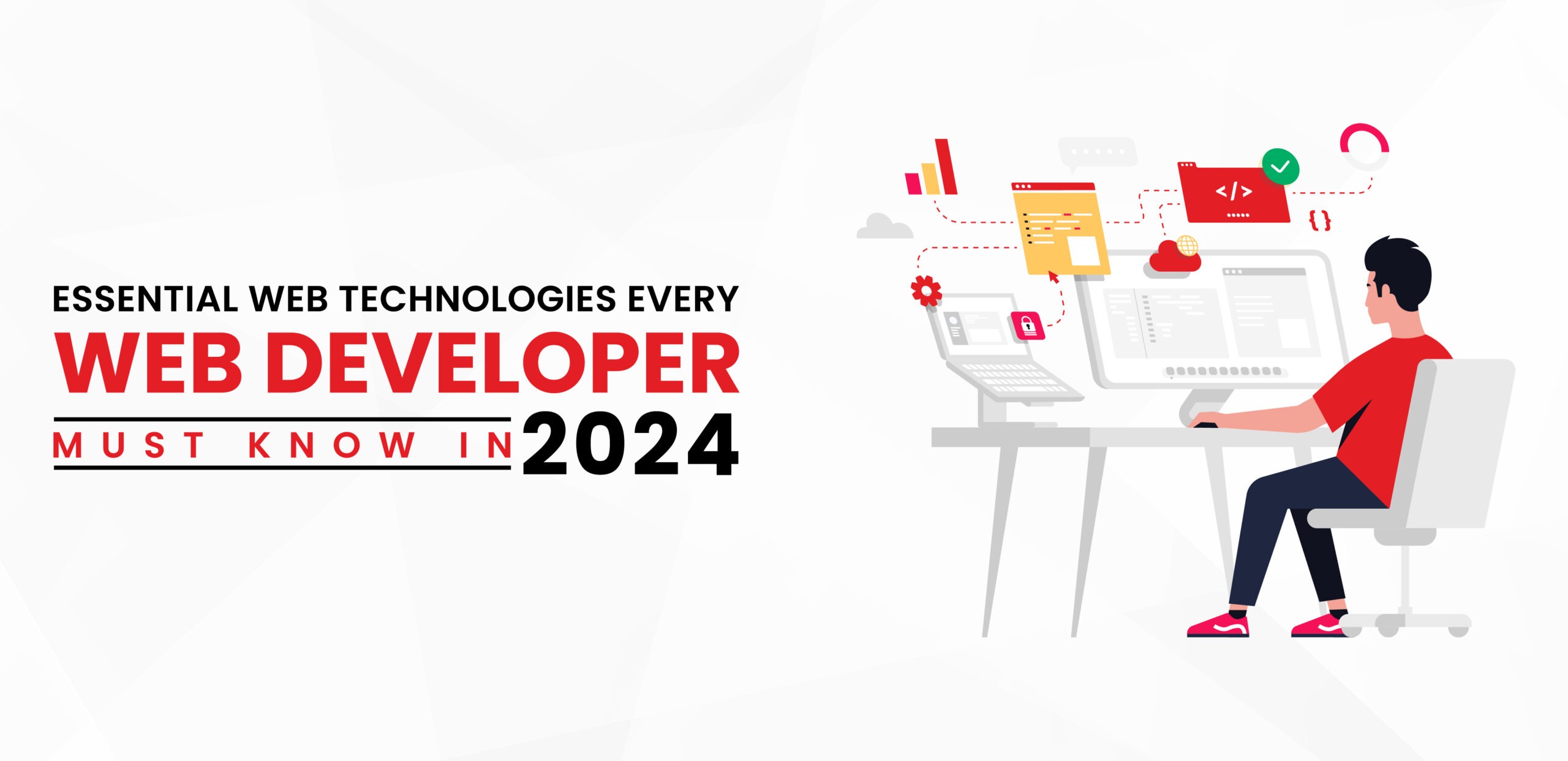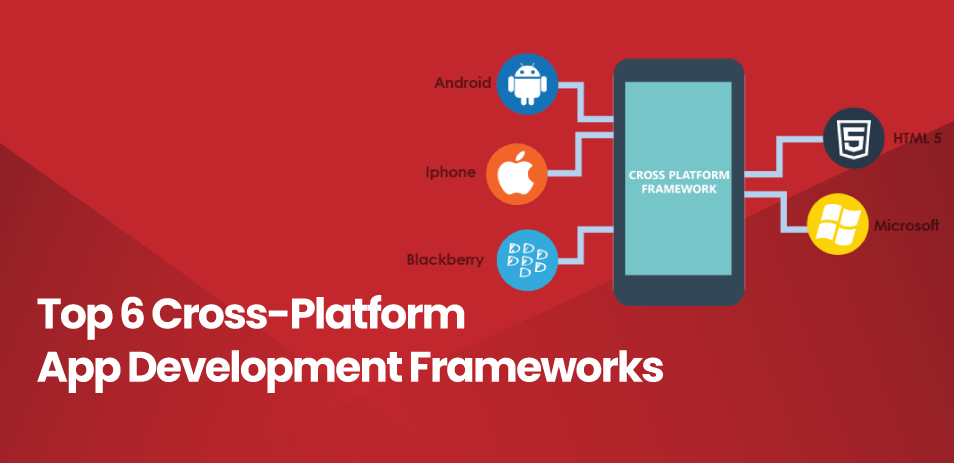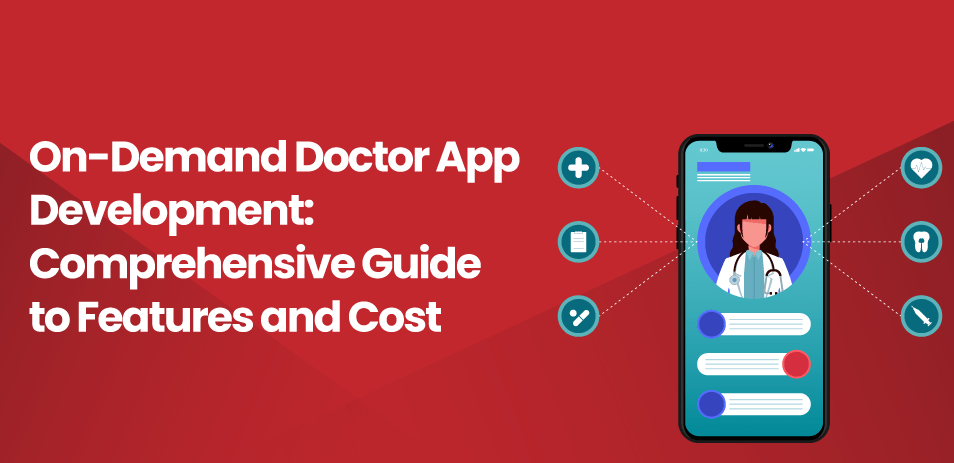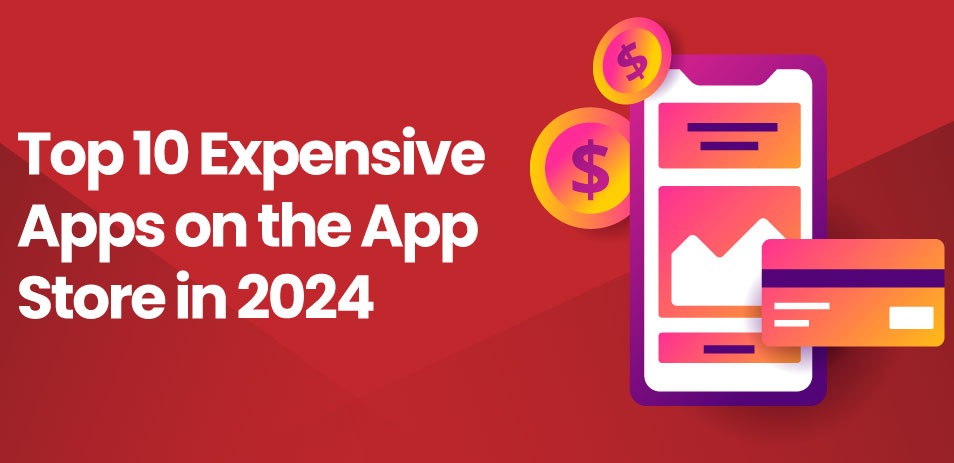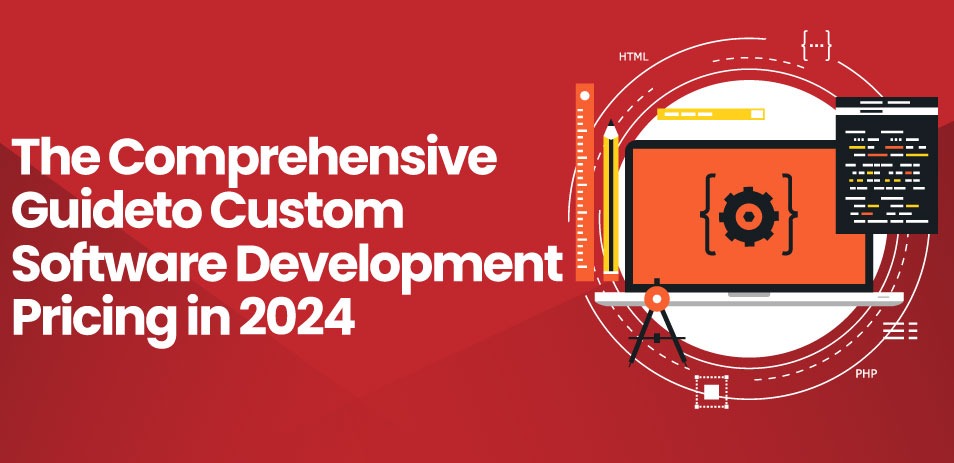Today, you can order your favorite food at your favorite restaurants without leaving your house or office. You can connect to your favorite restaurants and place an order online. The development of an online food delivery application has made it possible. You’ve come to the perfect place if you’re an aspiring business owner or an established company trying to profit from this booming market. We recognize that developing a feature-rich, user-friendly food delivery app takes careful preparation and the appropriate tools. We are a top mobile app development company in Dallas that specializes in making unique ideas a reality.
How Long Does It Take To Develop A Food Delivery App?
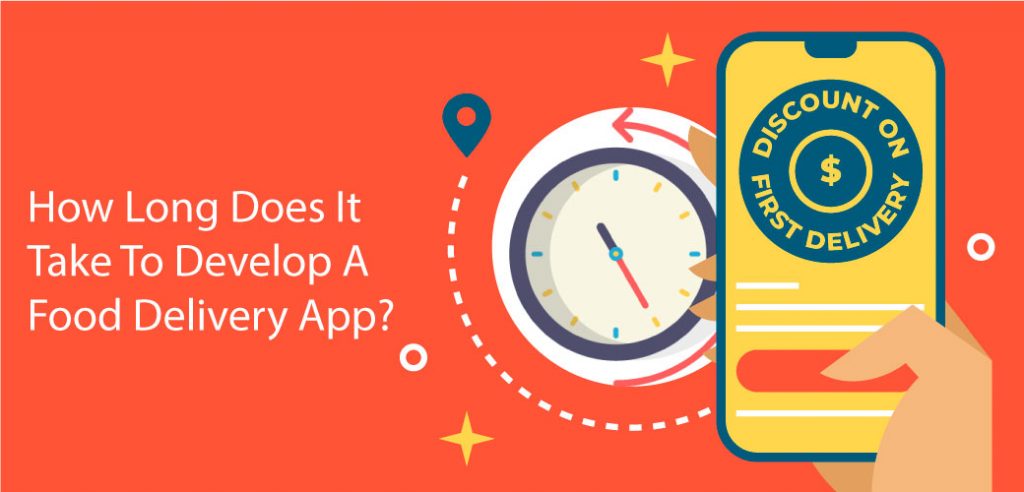
A food delivery app’s development cycle might change depending on several variables. Multiple steps of planning, designing, development, testing, and refinement go into making a robust and feature-rich app. An app for food delivery can be created and launched in an average time of 4 to 9 months. The complexity of the app’s features, the platforms it will support (iOS, Android, or both). The development team’s number and experience, and the project’s overall scope all affect how long it will take to complete.
Here we discussed the overview of food delivery app development; if you want to read the whole process, you can read Comprehensive Guide for Food Delivery App Development. Now let’s begin with the food delivery app development cost.
An increase in projects focused on improving the food delivery ecosystem is being seen in the mobile app development sector. Choosing the best food delivery mobile app development services is essential because so many businesses are getting into the development of food delivery apps. Choosing a company with the knowledge and capacity to create programs that meet your unique requirements is crucial. Some businesses might be unable to offer solutions tailored to your application’s requirements.
Crafting Your Ideal Mobile App/Experience Starts Here!
Ready to elevate your business? Your custom app is just a click away.
Yes Let’s goWhy Create A Food Ordering App For Restaurants?
Before we get into the details on why to hire a company for apps for ordering food. Let’s look at some features that will help you understand why food delivery apps are important today.
1- Easy to Access
The internet is accessible to people through their smart devices. Similarly, requests for food delivery can be accessed by anyone from anywhere. You can get the services without going to a retail store. With the food delivery app, you can start on a small note and grow by reaching a wider audience for higher benefits.
2- Expanded Customer Reach
A mobile app can help restaurants and other food businesses reach customers who are not nearby. It allows them to interact with a wider audience, including tech-savvy customers who favor placing their food orders online.
3- Enhanced Customer Loyalty
Personalized discounts, awards, and loyalty programs are just a few of the features that a well-designed food-ordering app may offer to encourage client loyalty. Businesses can create enduring client relationships by catering to their unique interests and habits.
4- Real-Time Updates
Customers can use the apps to order food and get real-time updates on the status of their orders. Further the anticipated delivery date, and any current sales or discounts. The whole client experience is improved, and uncertainty is decreased because of this transparency.
5- Efficient Order Management
For restaurant owners, a food ordering app streamlines order management. It helps organize incoming orders, prioritize deliveries, and optimize the entire delivery process, improving operational efficiency.
Cost to Build Food Delivery Apps
The cost to develop a food delivery app can vary based on factors such as platform (iOS, Android, or Cross-Platform), features and functionalities, design complexity, backend development, map integration, and security measures. A basic app with essential features can start from $25,000 to $50,000, while a more sophisticated app similar to popular platforms like UberEats or Grubhub can cost upwards of $100,000.
We at AppVerticals, a top mobile app development company in Dallas, are aware of the important factors that affect the price of developing a food delivery app. Before starting this transformation journey, we will discuss the important factors companies and entrepreneurs should consider. To know more about how much apps cost, read this blog until the end.
Key Variables That Influence Food Delivery App Development Cost
1- App Platform (iOS, Android, or Cross-Platform)
Making the correct app platform choice is essential when creating a food delivery service. Each platform, whether it be iOS app development, Android app development, or Cross-Platform, has advantages and factors to take into account that can have a big impact on the development process and price.
iOS apps are well-liked by consumers that appreciate simplicity and beauty because of their seamless user experience and excellent security standards. Swift or Objective-C programming knowledge is necessary for creating iOS apps, and developers must follow Apple’s stringent app review requirements. The large global user base of the Android platform, on the other hand, gives the platform’s apps a wider market reach. Android development offers more customization freedom and necessitates understanding Java or Kotlin programming languages.
Cross-Platform development frameworks like React Native or Flutter give the benefit of creating a single codebase for both iOS and Android for those looking for a cost-effective option. Doing so makes it possible to shorten development times and cut expenses while maintaining a native-like user experience. The option ultimately comes down to the target market, budget, time to market, and app complexity. At AppVerticals a top mobile app development company for apps for ordering food, we assist our clients in making an informed choice that fits their needs and objectives.
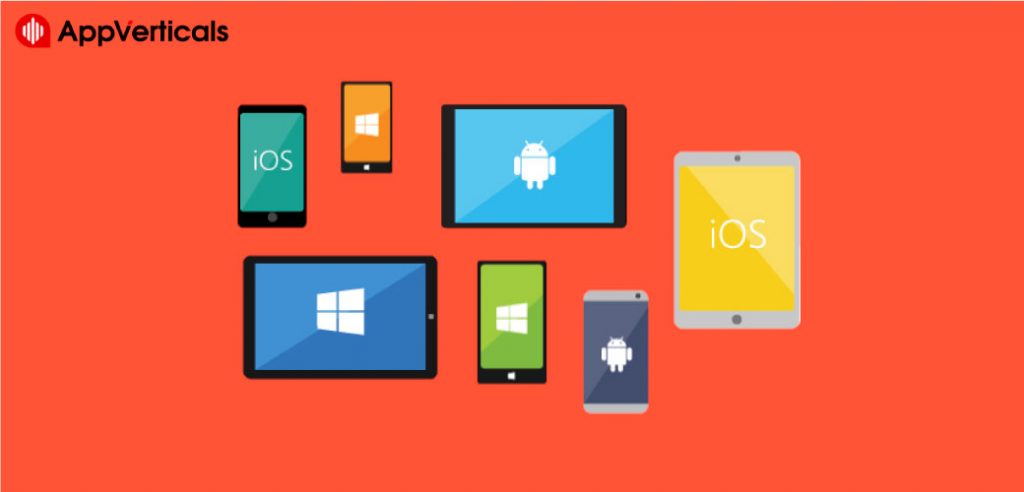
2- App Design and User Experience
A meal delivery app’s success depends on having a superb user experience and a well-designed app. Customers are drawn to and kept on board by the app’s attractive design, simple navigation, and smooth user interactions. Users can easily browse menus, place orders, and track deliveries thanks to thoughtful UI/UX design, creating a wonderful and memorable experience.
App designers may construct a user-centric interface that streamlines. The ordering process and encourages repeat usage by analyzing user preferences, behavior, and pain spots. The total user experience is elevated by a visually appealing design, seamless animations, and responsive interactions, which leave a lasting impression on users and fosters brand loyalty.
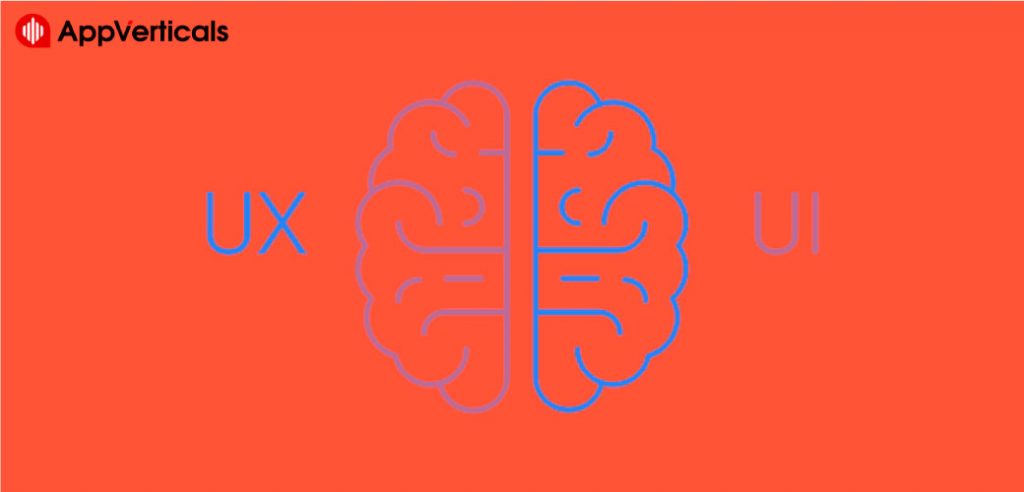
3- Features and Functionalities
A meal delivery app’s success depends on its capacity to provide a full range of features and functionalities that cater to the requirements of both users and restaurant owners. Basic functions like ordering, placing orders, and processing payments are necessary but insufficient to differentiate oneself in a crowded market. Advanced features like real-time order tracking, push alerts, customer support chat, and purchase history are essential for enhancing the app’s value proposition.
Features that let users personalize their orders, read reviews and ratings for restaurants, and participate in reward programs can greatly impact user retention. Features for restaurant owners that streamline operations and enable them to give better service. Include an effective order management system, analytics dashboard, and menu customization options.
4- Backend Development and Admin Panel
Although the user-facing portion of a meal delivery service is crucial for providing a flawless experience, the admin panel and backend development form the foundation of its operations. The backend handles order processing, user data management, delivery planning, and overall app functionality. A solid and scalable backend infrastructure is essential to accommodate many active users and transactions, especially during peak hours.
An effective admin panel enables restaurant owners and administrators to manage orders, alter menus, and track performance easily. Insights into order progress, delivery data, and customer feedback are provided in real-time, allowing for data-driven decision-making and the improvement of business operations. The app’s seamless operation and user experience improvement need investing in strong backend development and an intuitive admin panel.
5- Location and Map Integration
For food delivery apps to function properly, location-based services and map integration are essential since they guarantee accurate and timely order fulfillment. Customers can track delivery workers in real time and find out the precise position of their orders by integrating geolocation and GPS functionalities. The entire pleasure of the customer is increased through effective route optimization, which guarantees faster deliveries and cuts down on delivery time.
Thanks to map integration, customers may locate local restaurants, check their delivery areas, and select the most practical choice for their location. Delivery employees can also use maps to navigate traffic and efficiently reach their destinations. The app gains a lot of value from the seamless integration of location-based services because it improves transparency, cuts down on delivery delays, and streamlines the delivery process for clients and personnel.
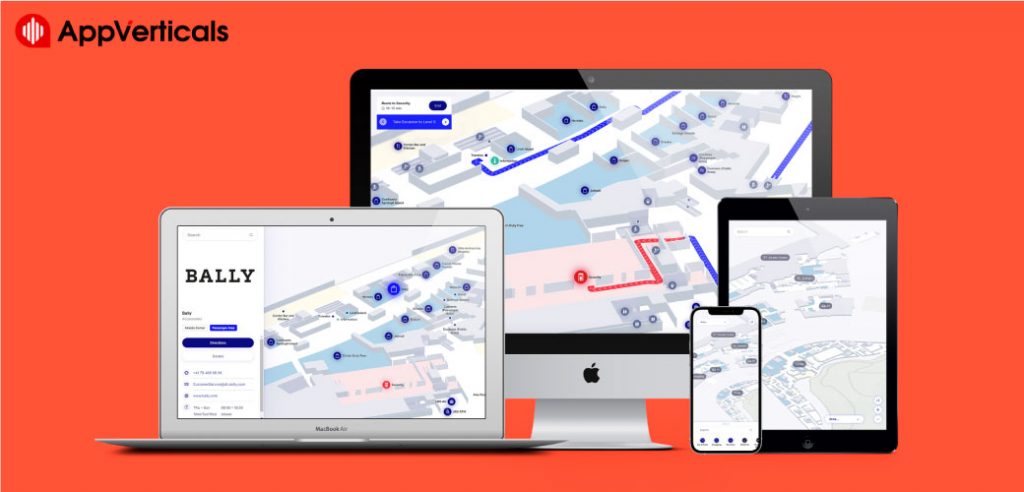
6- Payment Gateway and Security
Building confidence among app users in the age of digital transactions requires secure and efficient payment processing. Customers can select their preferred payment method, whether credit/debit cards, mobile wallets, or other online payment platforms, by implementing dependable payment gateways that offer a variety of payment alternatives. The payment process must be simple, with quick confirmations between each step. Furthermore, strong security measures must be in place to safeguard sensitive user data and financial information from threats and breaches.
To create a safe and secure environment for users to perform transactions within the app, compliance with industry-standard security procedures and encryption techniques is a big assist. Users gain trust when their worries about payment security are allayed, which motivates them to place more orders frequently and enhances their app experience.
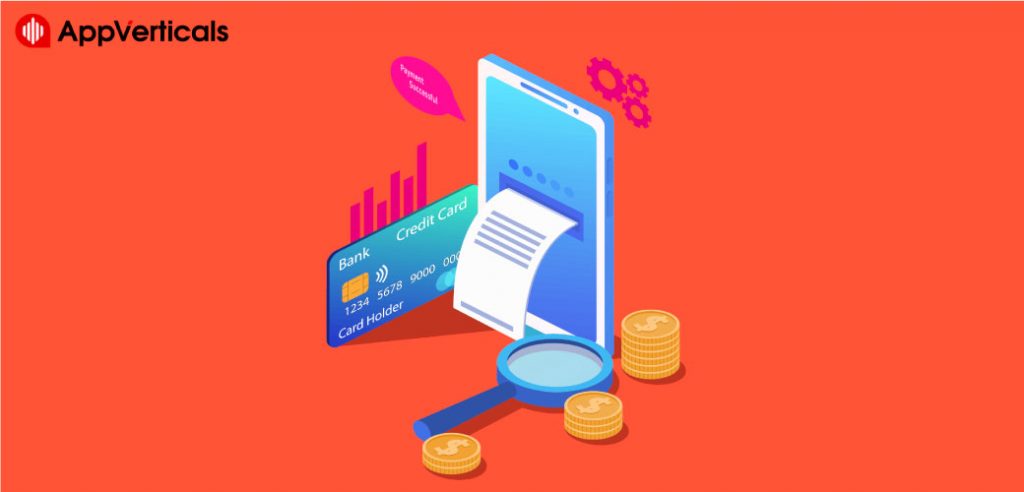
7- Testing and Quality Assurance
To deliver a high-performing and bug-free food delivery app, thorough testing and quality assurance are essential. At different stages of development, thorough testing is carried out, including user acceptability, integration, and unit testing. This careful approach ensures that the software runs smoothly on all devices and platforms and that all functionality performs as intended. Before the program is made available to the general public, quality assurance measures assist in locating and resolving bugs, performance difficulties, and compatibility concerns.
To ensure a top-notch user experience, testing also verifies the app’s responsiveness, user interactions, and real-time changes. Developers may produce polished software that satisfies user expectations and provides a smooth and enjoyable meal ordering experience by investing in thorough testing and quality assurance methods.
It takes a well-thought-out plan and a thorough understanding of the major factors that affect the development cost to build a mobile app that satisfies customers and streamlines restaurant operations. Transparency is a priority at AppVerticals, where we give our clients a thorough summary of project pricing so they can make wise choices while developing their food delivery app ideas. Utilizing our app cost calculator, businesses and entrepreneurs can start a successful journey to develop a cutting-edge food delivery app that improves consumer happiness and propels business growth by considering these crucial criteria.
Crafting Your Ideal Mobile App/Experience Starts Here!
Ready to elevate your business? Your custom app is just a click away.
Yes Let’s goMonetization Models for Food Delivery App
Food delivery apps have become a game-changer in the restaurant industry, catering to the growing demand for convenient and on-demand food ordering. As these apps gain popularity, businesses must identify effective monetization strategies to ensure profitability and sustainability. Due to the rising need for easy and on-demand food ordering, food delivery applications have completely changed the landscape of the restaurant business. Businesses must devise efficient monetization plans to ensure profitability and sustainability as these apps become more popular.
The best revenue sources must be carefully considered to maximize value for businesses and customers when monetizing food delivery apps for eateries. Businesses can develop lucrative food delivery applications that promote growth and success by comprehending these monetization approaches and investing in the appropriate features. Estimating the cost of developing such apps also provides realistic budgeting and enables companies to collaborate with a skilled development team for an efficient and successful food ordering experience.
Explore various monetization models for food delivery apps aimed at restaurants and discuss the cost of building such apps.
· Commission-Based Model
The commission-based model is a well-liked source of income for meal delivery applications. Each order placed through the app results in a commission payment from the restaurant. Since the app’s performance directly affects the restaurant’s sales, this strategy balances the app owner’s and the establishment’s interests.
· Subscription Model
When using the subscription model, restaurants can choose from premium subscription plans with greater visibility, individualized promotions, and insights on consumer behavior. Restaurants can use premium features and services to increase their internet profile in exchange for a monthly or annual charge.
· Advertisements and Promotions
Restaurants can display exclusive specials, offers, and new menu items by integrating adverts and sponsored promotions within the app. The software makes money while giving businesses more publicity by charging them for these promotional slots.
· Delivery Fee
A simple approach to making money is to charge delivery fees to customers. The delivery price may vary depending on distance, wait time, or order amount. A portion of this price can be distributed to the delivery partners to encourage prompt service.
· In-App Purchases and Upgrades
Introducing in-app purchases, such as premium menu items or faster delivery options, can generate additional revenue. Customers who seek a more premium experience can pay for these upgrades.
| Revenue Model | Description | Pros | Cons |
| Commission-Based Model | Restaurants pay a percentage of each order as a commission. | – Revenue scales with order volume. | – Can be a competitive market. |
| – Incentive for app to drive sales. | – Dependency on restaurant performance. | ||
| – Aligns with restaurant success. | – Restaurants might resist high fees. | ||
| Subscription Model | Users pay a recurring fee for premium benefits. | – Predictable and steady revenue stream. | – Need to provide compelling features. |
| – Can fund app improvements and support. | – Users might resist paying for features. | ||
| – Less reliance on order volume. | |||
| Advertisements & Promotions | Restaurants pay for ads/promotions within the app. | – Additional revenue stream. | – User experience can be affected. |
| – Can help restaurants reach more users. | – Ad fatigue might turn users away. | ||
| – Can provide targeted marketing. | |||
| Delivery Fee | Users pay a fee for each delivery. | – Direct revenue from each transaction. | – Users might prefer free delivery. |
| – Can cover delivery-related costs. | – Can discourage frequent ordering. | ||
| In-App Purchases & Upgrades | Users buy premium features/upgrades within the app. | – Additional revenue beyond orders. | – Balancing free and paid features. |
| – Flexibility for users to choose. | – Some users might never make purchases. | ||
| – Can enhance user experience. |
Crafting Your Ideal Mobile App/Experience Starts Here!
Ready to elevate your business? Your custom app is just a click away.
Yes Let’s goConclusion
Looking to develop a mobile app for food ordering? Our expert mobile app development company specializes in creating seamless and user-friendly solutions for your restaurant or food delivery business. At AppVerticals, we understand the intricacies of food delivery app development and offer comprehensive mobile app development services to transform innovative ideas into reality. By leveraging our expertise, businesses can navigate app development challenges and deliver exceptional user experiences in the competitive food delivery landscape. So, whether you’re a restaurant owner or an entrepreneur, take advantage of this booming market, and embark on your food delivery app journey to capture new heights of success in the digital realm.

